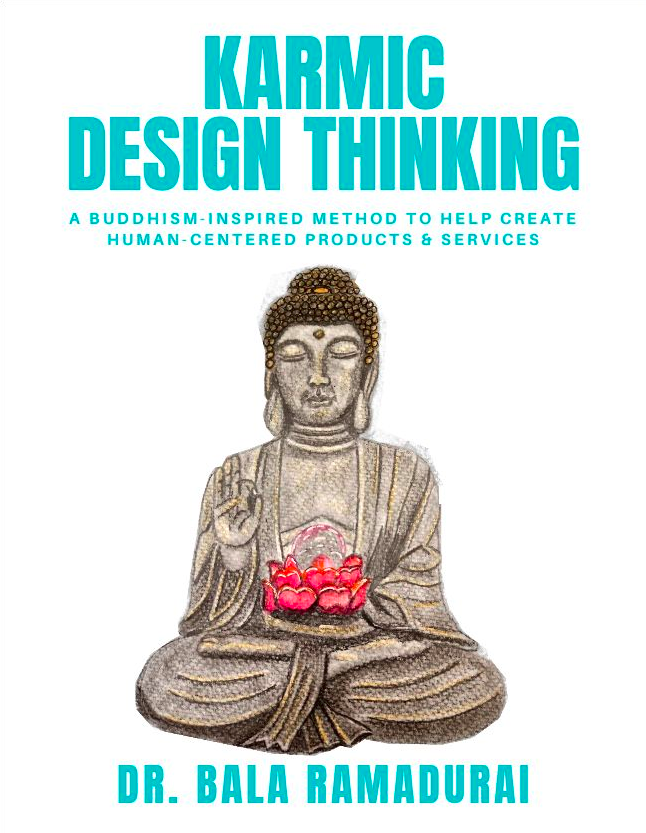2022-01-12
Knowledge management is the preservation and continuation of knowledge with a group of individuals. This could be in a company, family/household, college, roommates, etc.
Larger the group of people, the trickier it gets to manage the flow of information and preservation of knowledge, as we in a company that I worked for, found out. This was the time when I worked for a high profile team in a large company, not so difficult to guess, considering that I only worked for a few companies in my adult life :)
This team did very well in collating information and sharing with the rest of us through a repository and duly forwarded old important emails to new members. The project leader was extremely efficient and conscientious.
Aside
As an aside, data is a collection of numbers, information is what can be gleaned or learned from data, knowledge is what information provides us with over time. When you have the knowledge and with enough experience, time and bad decisions, you gain wisdom.
Data -> Information -> Knowledge -> Wisdom.
Aside to the aside
As an aside of an aside, the aside above reminds me of a Sanskrit shloka (poem). check it out:
Vidya Dadati Vinayam
Vinayadyaati Paatrataam
Paatratva Dhanamaapnoti
Dhanaat Dharmam Tatah Sukham
I couldn’t find the source of the poem, but the meaning is that learning gives us humility, which gives us character, which in turn gives us money, which should be given to others. By generosity towards others, we derive happiness.
All asides done, now beside
Ok, now, you can close all the parantheses on the asides and we are back to the main story.
The project leader posed a challenge about a large piece of machinery that we were working with. The problem that the business had given us, was extremely tricky and tough to solve.
However, our project leader was up to the task. She defined the problem well and gave us time and resources to generate solutions.
Each of us gave the problem its due attention. Some of us came up with some neat, impractical solutions, some of us came up with pedestrian but easily implementable solutions. The astute project leader collated everything and came up with some neat and practical solutions.
The deadline of the next telecall (yesteryear equivalent of a Zoom or MS Teams call) hung over us. We took those solutions and made it to a nice presentation.
We were all convinced in the team that we had met the business’ challenging requirements while keeping the solution to be a practical and unique one.
We held our collective breaths and expected that the business would say that the idea was stupid and wouldn’t make much business sense.
However, the folks who were funding the project were pleasantly surprised and gave us a nod to go ahead with filing a patent on the idea because of its uniqueness.
We looked all around us and our project leader beamed at us and patted her imaginary hand on our backs.
What is new is old, what is old is new
We worked with our internal intellectual property and legal teams to zero in on the uniqueness of our ideas. Based on what we had prepared to convince the business, this was easy for them to figure out.
Our team passed their congratulations around since we were going to be inventors and that feeling was slowly sinking in. We would go in to the same league where accomplished inventors went in.
All that was about to change when the IP team reached out to us and asked us if we had done any searches to find out if the idea was already claimed.
IP works like real estate. One has to stake claims over intellectual property. If someone has already done it, we can’t say that property is ours.
We had to do what is called a “prior art” search.
Our reply was “We have looked into every competitor’s claim in the last 10 years. We didn’t find any claim contrary to ours.”
“Did you look beyond 10 years?”
We were a bit stumped. In our call with the patent team, there was absolute silence.
“Did you look within our company, let’s say, 25 years ago?”
The IP attorney pulled out an old legal document (scanned copy of a written document) that covered the exact same idea with its advantages.
“So, which competitor filed this?” I asked.
“Take a look at the bottom of the document,” said the attorney.
The document was filed by none other than our very own company.
Moral
Knowledge Management (KM) ain’t easy. The knowledge was within our own company. Wonder how many companies go through the cycle of invention and discovery only to find that because of poor knowledge management they had lost out on all that collective wisdom of their colleagues from yesteryears.
- Document and log all your work
- Share and publish your work (If you can’t publish outside the company, you can have internal reports)
- Connect it back to knowledge that you already have
I bring this story up every time someone says Knowledge Management is an overhead in a company. :)






